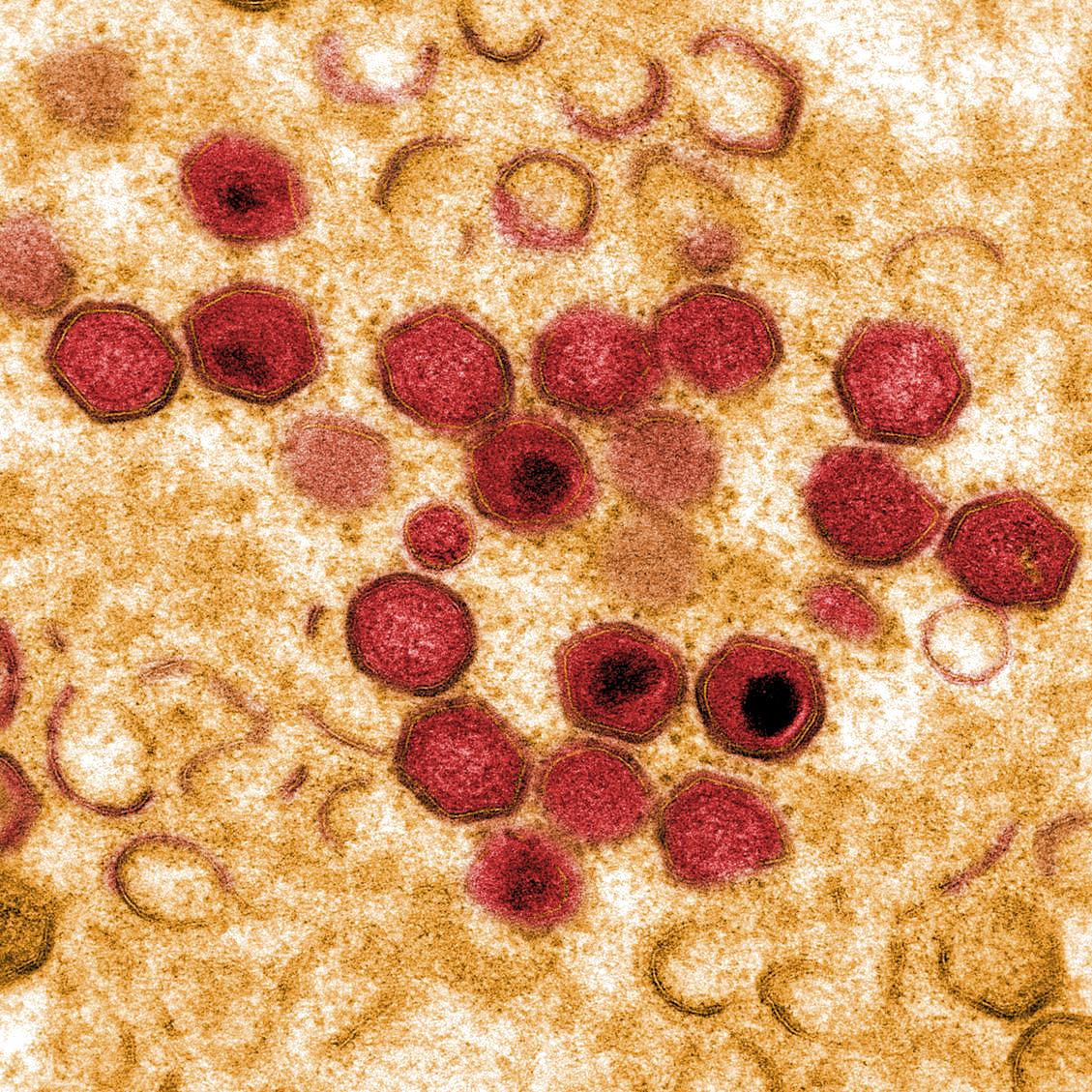Identification of a functional small non-coding RNA encoded by African swine fever virus
African swine fever virus (ASFV) causes a lethal haemorrhagic disease of domestic pigs, against which there is no vaccine available. ASFV has a large, double-stranded DNA genome that encodes over 150 proteins. Replication takes place predominantly in the cytoplasm of the cell and involves complex interactions with host cellular components including small non-coding RNAs (sncRNAs). A number of DNA viruses are known to manipulate sncRNA either by encoding their own or disrupting host sncRNA. In order to investigate the interplay between ASFV and sncRNAs, a study of host and viral small RNAs extracted from ASFV-infected primary porcine macrophages (PAMs) was undertaken. We discovered that ASFV infection had only a modest effect on host miRNAs, with only 6 miRNAs differentially expressed during infection. The data also revealed 3 potential novel small RNAs encoded by ASFV, ASFVsRNA1-3. Further investigation of ASFVsRNA2 detected it in lymphoid tissue from pigs with ASF. Overexpression of ASFVsRNA2 led to up to a 1 log reduction in ASFV growth indicating that ASFV utilises a virally-encoded small RNA to disrupt its own replication.IMPORTANCE African swine fever (ASF) poses a major threat to pig populations and food security worldwide. The disease is endemic in Africa and Eastern Europe and rapidly emerging into Asia where it has led to the deaths of over a million pigs in the last 12 months. The development of safe and effective vaccines to protect pigs against ASF has been hindered by lack of understanding of the complex interactions between ASFV and the host cell. We focused our work on characterising the interactions between ASFV and sncRNAs. Although comparatively modest changes to host sncRNA abundances were observed upon ASFV infection, we discovered and characterised a novel functional ASFV-encoded sncRNA. The results from this study add important insights into ASFV host-pathogen interactions. This knowledge may be exploited to develop more effective ASFV vaccines that take advantage of the sncRNA system.

